USA Custom Shop
Wood Options
At the Willcox USA Custom Shop we offer a wide variety of tone woods for the body, top, neck, fingerboard, and neck stringers. Review the wood choices below and discover the different visual and tonal qualities attributed to each type of wood. Once you have decided on the type of wood you would like to use for each component of your Custom Shop Instrument you can follow this link here to start the configuration process.
Body Woods
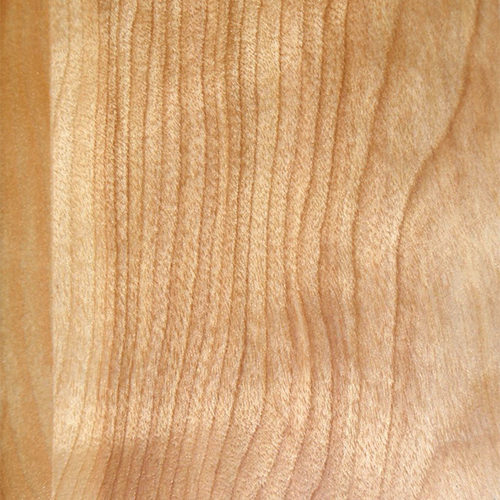
Alder
A medium weight wood that has a strong, clear, full bodied sound with beefy mids and excellent lows. Alder also offers a decent amount of sustain. Typically used under opaque finishes. A very popular body wood choice.
- Also known as “Korina” wood. It is often compared to mahogany but has a clearer, brighter, and more articulate sound. People often refer to the tone as “airy” or “snappy.”
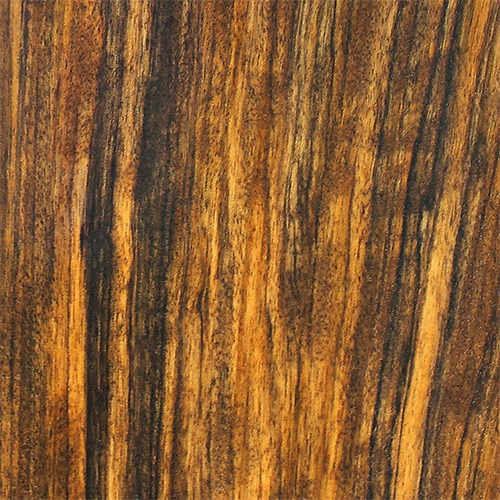
Black Limba
- Much lighter in weight than rosewood, koa or maple and yields a surprisingly strong, loud sound with an emphasis on clear, bright airy trebles.
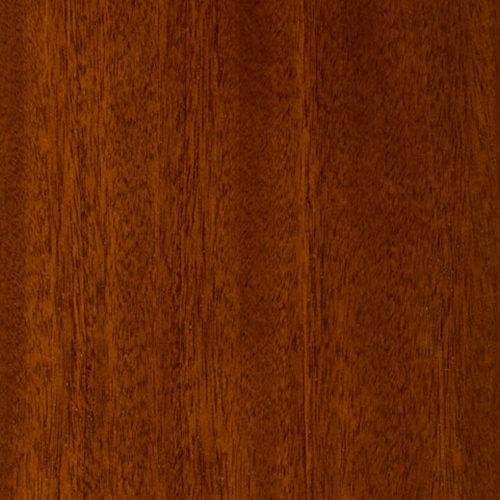
Mahogany
- Swamp Ash has a more pronounced grain pattern that is very attractive and works great with transparent finishes. Tonally, Swamp Ash has a full bottom end with a clear extended top end. The mids are more “scooped” than Alder and it also has more attack and snap as well.
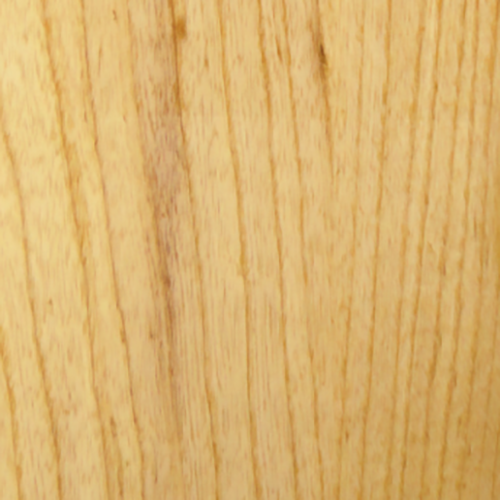
Swamp Ash
- Walnut has a very even response curve and offers a strong, clear fundamental, with clear harmonics. Tight lows, strong mids, with fat, even treble tones and lots of sustain. Coloration varies from black and orange contrasts to the usual chocolate walnut tones.
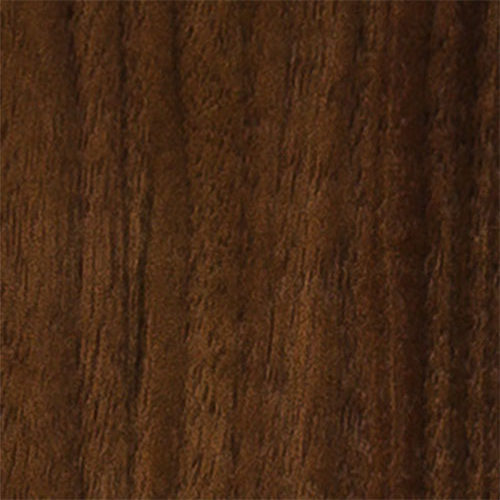
Walnut
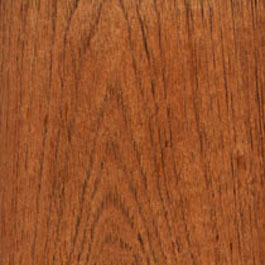
Spanish Cedar
Cedar is less dense than spruce, and that softness typically translates into a sense of sonic warmth. Cedar makes quieter tones louder, but it also imposes more of a ceiling on high volume levels driven by an aggressive attack.
Top Woods
- The density and stiffness of Flame Maple (also known as Tiger Stripe Maple) produces a bright and articulated tone with a good attack and a very good sustain.
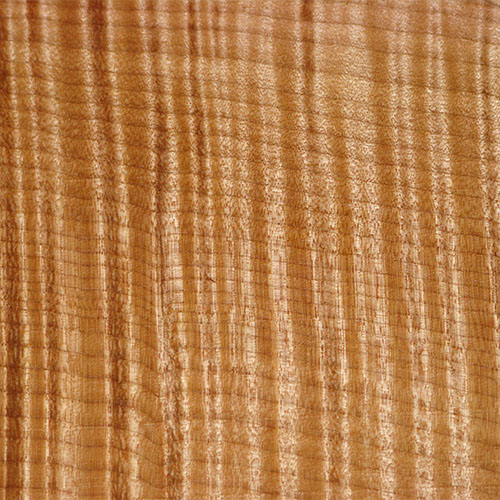
AAAAA Flame Maple
- Quilted Maple has very similar tonal qualities to Flam Maple and is ideal on guitars and basses made with neutral body woods like mahogany or basswood to brighten the tone and add definition.
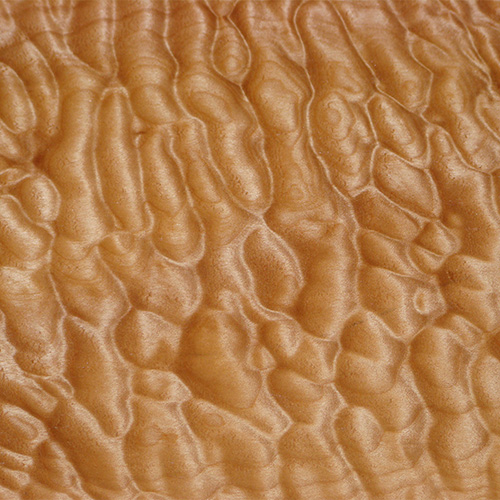
AAAAA Quilted Maple
- Usually sourced from the base of a tree and offers beautiful densely packed roots and multicolored multidirectional grain patterns. Tonal characteristics are similar to Flame Maple but brighter.
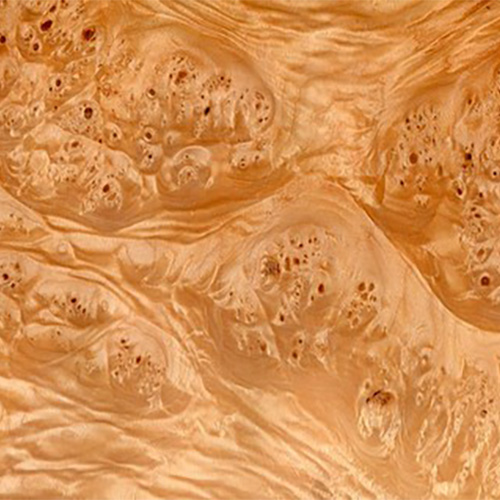
Burled Maple
- Claro Walnut is warm and earthy with the overtone depth of rosewood and clarity comparable to mahogany guitars. It also tends to impart less colour to the bass and treble.
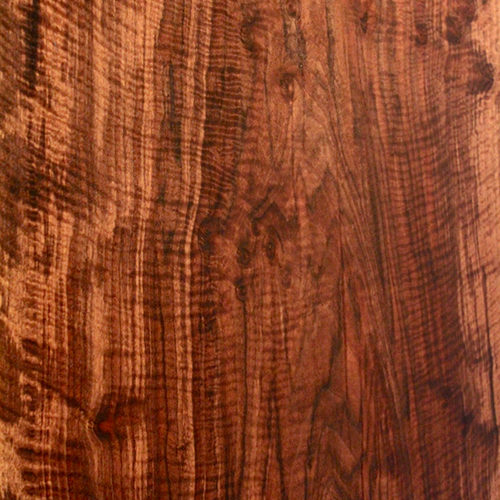
Claro Walnut
- Cocobolo is a dense, stiff tropical hardwood with a fairly bright tone. Sonically, it’s similar to koa, but resonates a little deeper on the low end, although it doesn’t have quite the full low end of rosewood or ovangkol. Fast and responsive, with moderate note decay, it’s articulate with lots of note distinction.
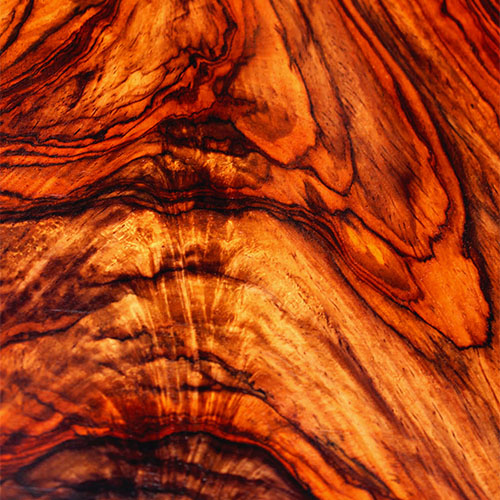
Cocobolo
- Koa Wood is fairly lightweight with excellent rigidity and has a beautiful appearance. It has the crispness and clarity of the finest rosewood, but with all the warmth, thick tone, and airiness that mahogany possesses.
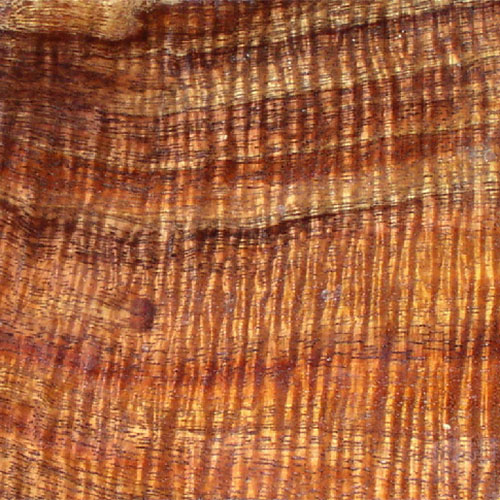
Flamed Koa
- Padauk is a bright orange or almost crimson wood when freshly cut, but oxidizes to a darker, rich purple-brown over time – although it stays redder than Indian Rosewood. Tonally It has a low to mid end predominance- much like rosewood.
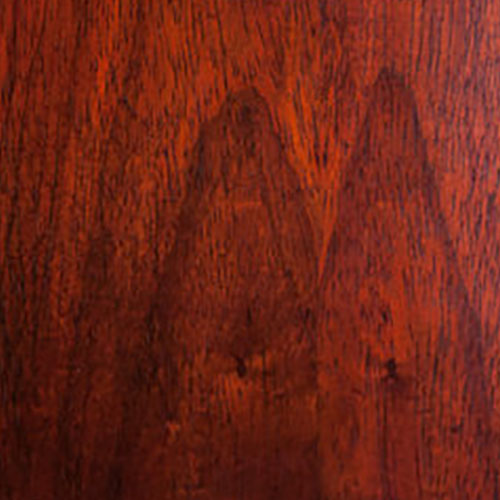
Padauk
- Zebra Wood has well defined basses and trebles, good volume and excellent distribution of voices, similar to maple but with less resonance but some dark overtones. But mostly, the wood is stunning to look at and you will find yourself looking at the instrument for hours at a time because of the beauty of the grain and patterns created by the wood.
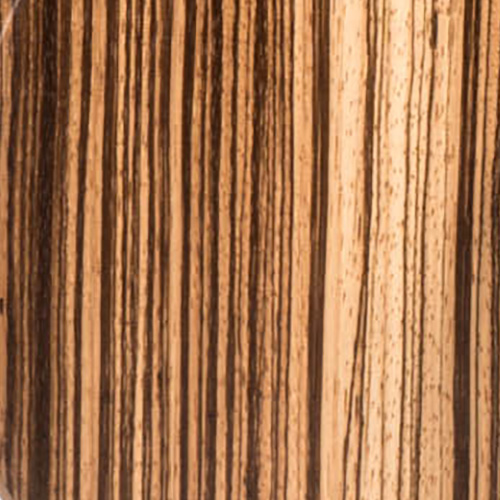
Zebra
Neck Woods
- Much lighter in weight than rosewood, koa or maple and yields a surprisingly strong, loud sound with an emphasis on clear, bright airy trebles.

Mahogany
- Maple is a dense, hard, and heavy wood, sourced mostly in the Northeast and Northwest United States and Canada. One of the hardest and most dense tonewood varieties, maple is famed for its bright tone, and great projection, with excellent note definition.
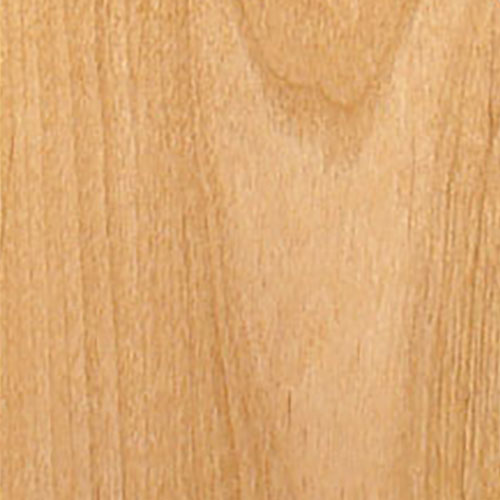
Maple
- Wenge features black and chocolate brown stripes. It is usually quartersawn to yield straight grain – similar to open grained Zebrawood, but black. The tone is balanced with great mid presence and attack. This is a popular wood for boutique bass builders and its tonal reputation is impressive.
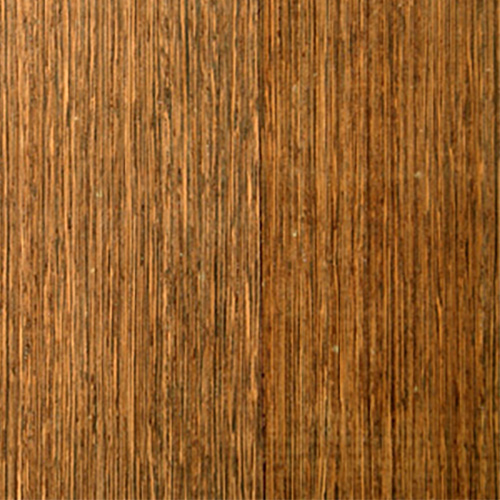
Wenge
Fingerboard Woods
- Birdseye maple can have a smooth, glassy look and make for a fast-feeling fingerboard. Tends to be punchy, bright, and gives a nice clean bite on the high end.
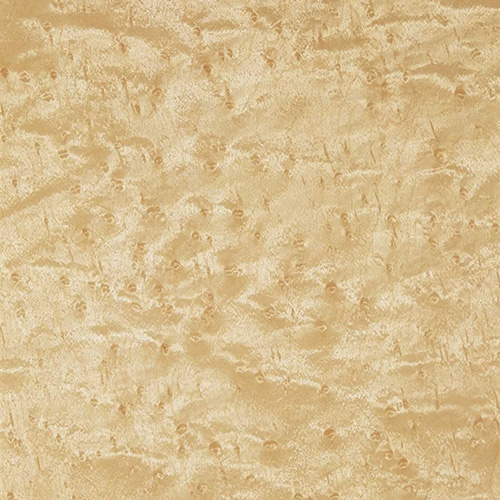
Birdseye Maple
- Ebony is known for its clear, crisp attack which is often even brighter than maple. It has a similar density to maple, but has oilier pores and more brittle grains. Due to the very tight grains in the wood, ebony does not require a finish and this gives the fingerboard a very slick, fast playing quality which many players favor.
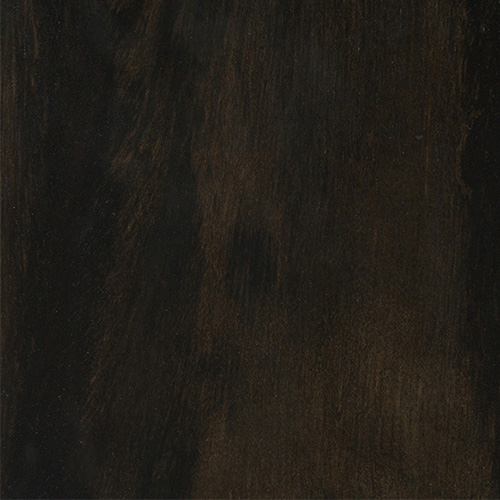
Ebony
- An excellent dense, hard wood with a very tight pore structure. This means it’s fast, smooth and extremely durable. An excellent choice for fretless fretboards. Pau Ferro is very snappy and feels like something between maple and Rosewood.
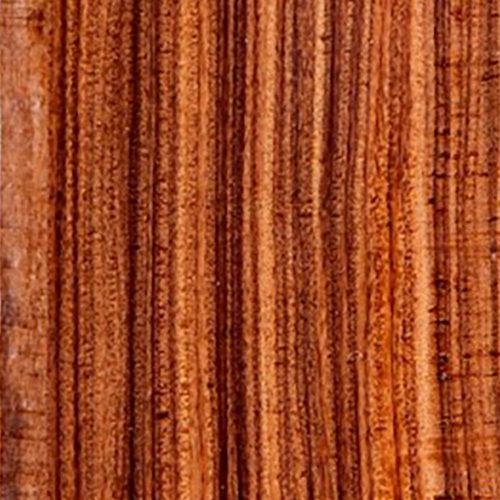
Pau Ferro
- Rosewood is a warm, sweet tonewood. Compared to maple the difference is notable, as rosewood will soften the sound, even for guitars with maple necks.
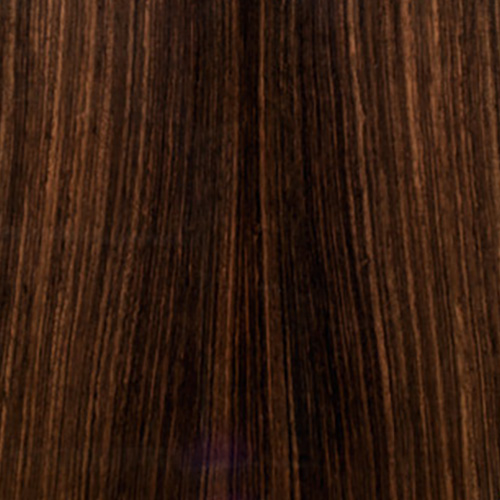
Rosewood
- Well known as a tonewood, Ziricote is highly esteemed for instrument making. Many Luthiers repeatedly comment that Ziricote provides and experience identical to the finest rosewood. Others take note of its Ebony-like crispness.
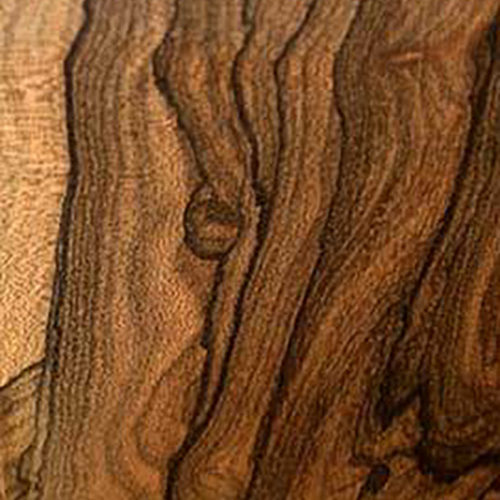
Ziricote
Neck Stringer Woods

Padauk
Padauk is a bright orange or almost crimson wood when freshly cut, but oxidizes to a darker, rich purple-brown over time – although it stays redder than Indian Rosewood. Tonally It has a low to mid end predominance- much like rosewood.
- Purpleheart works beautifully in small doses as an accentuation. It is very good for neck through stripes and designs.
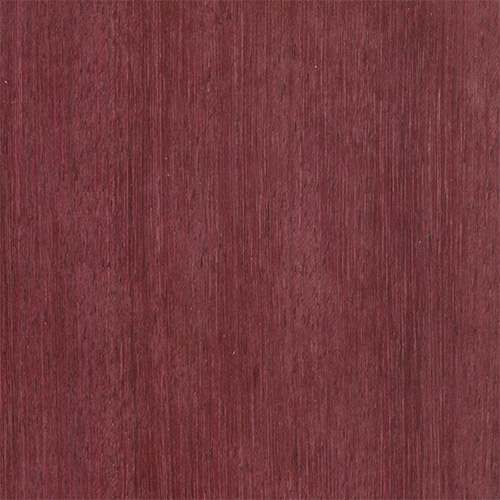
Purpleheart
- Wenge features black and chocolate brown stripes. It is usually quartersawn to yield straight grain – similar to open grained Zebrawood, but black. The tone is balanced with great mid presence and attack. This is a popular wood for boutique bass builders and its tonal reputation is impressive.

Wenge